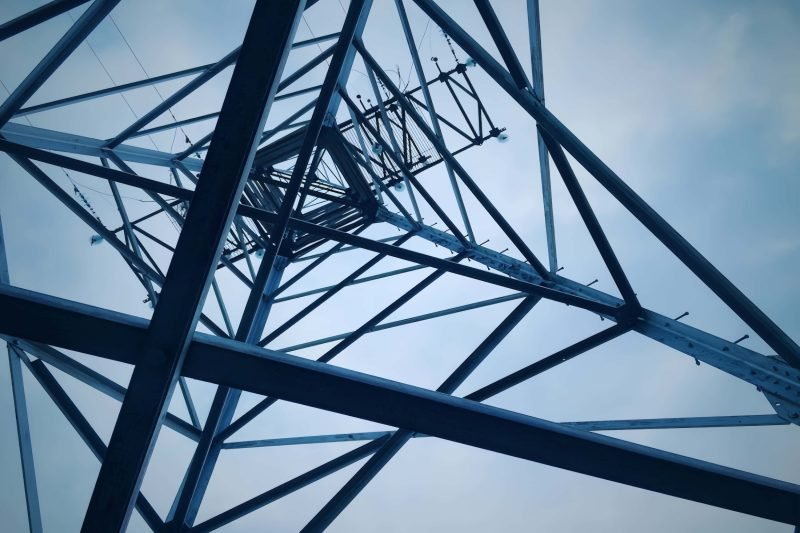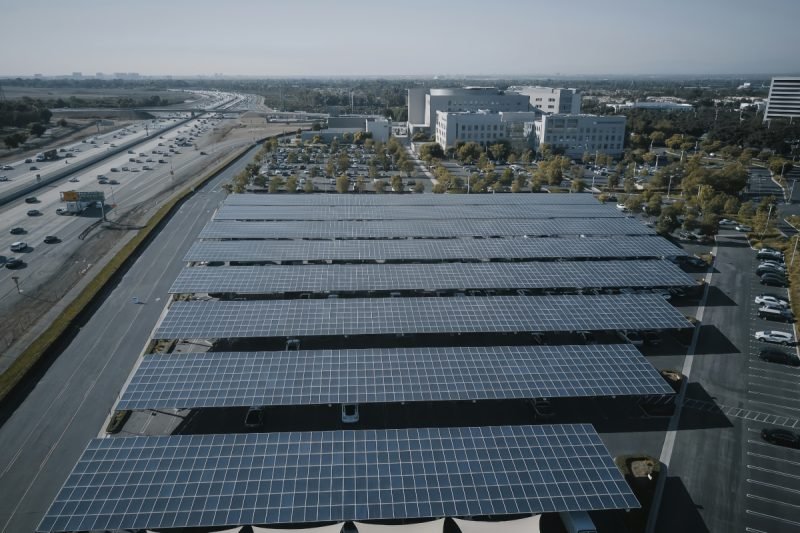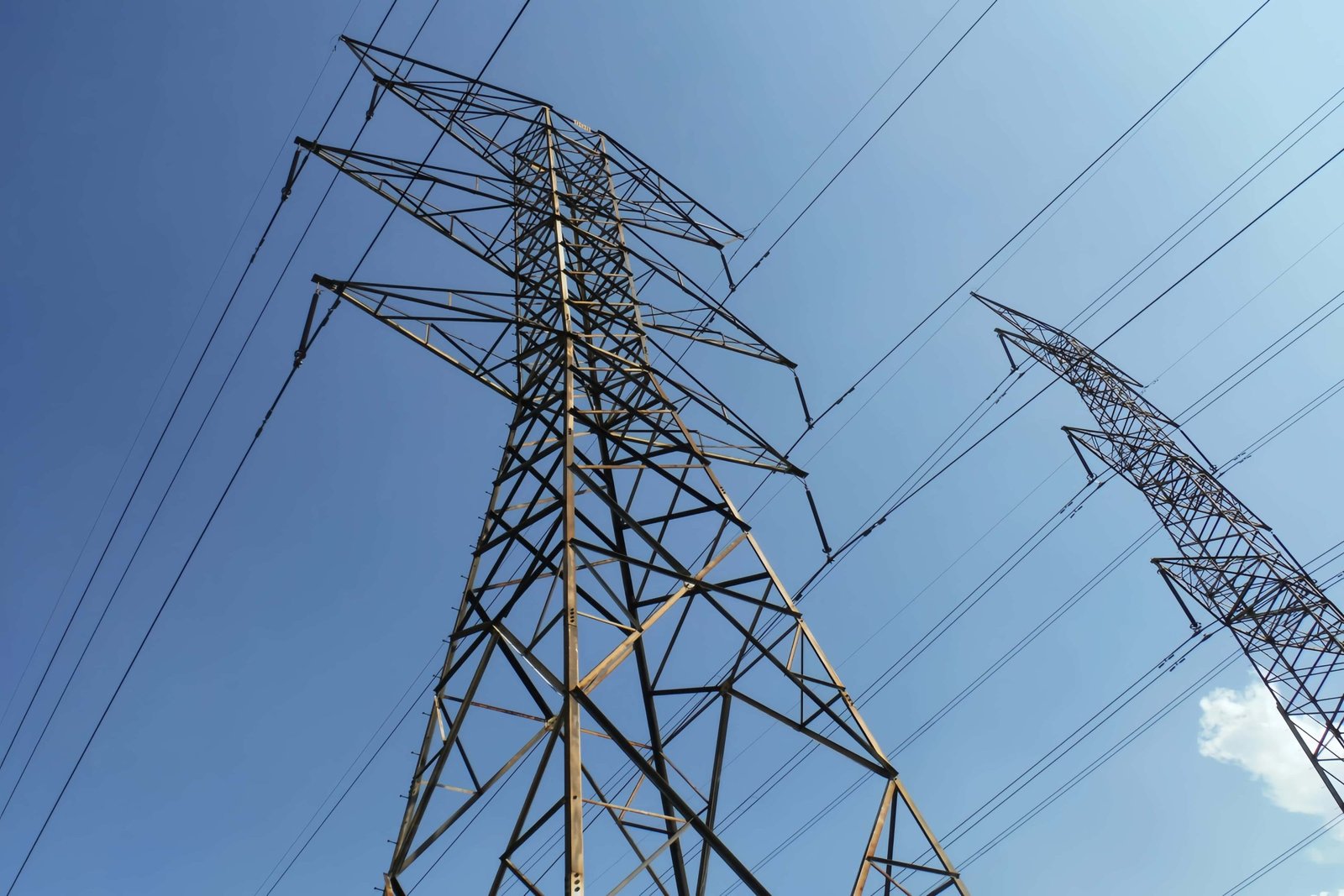Innovative solar + energy storage converter in the United States improves grid stability
The variability of solar PV systems (i.e., unstable power output) poses challenges for grid operations. The study suggests that combining residential solar and energy storage systems with a new power electronics device, PINE, could help address this issue.The PINE system is a self-organizing power electronics solution that works in tandem with the distribution network. It employs a three-stage control strategy.
1.Input Stage: Uses a PWM rectifier to regulate the DC link voltage, ensuring the input current is sinusoidal.
2.Output Stage: Uses a PWM inverter to regulate the output voltage.
3.Maximum Power Tracking Stage: Controls rooftop PV systems to track the maximum power point and works in coordination with the energy storage system.
The system supports bidirectional power flow and adjusts the load-side voltage through feedback control, ensuring that the input voltage varies within the required range.

Operating Modes and Functions:
Rectifier Mode: When grid power is needed, the system ensures a unified power factor and eliminates harmonics, with input current having a negative phase angle relative to grid voltage.
Inverter Mode: When PV systems and storage batteries, like LiFePO4 batteries, generate surplus power, the PINE converter operates in inverter mode, supplying power back to the grid. It also provides reactive power to enhance voltage regulation, a critical function for solar energy storage systems in grid stability.
Advantages and Applications:
The PINE system improves the resilience of the distribution network by allowing the input voltage to vary over a broader range and adjusting the grid load based on available power.
It also provides reactive power and voltage regulation support, aiding the grid in maintaining proper voltage levels.
During disasters, the system can limit the output load current based on available power, optimizing energy usage.

Advantages and Applications
The PINE system enhances the resilience of distribution networks, allowing for broader input voltage variation and optimizing grid loads based on the availability of solar energy storage. Key benefits include:
Support for solar energy storage systems, including solar battery solutions like LiFePO4 batteries, which are known for their durability and efficiency.
Reactive power and voltage regulation, ensuring stable grid voltage levels even during fluctuations.
Disaster management capabilities: During emergencies, the system can limit output load current based on available solar battery capacity, ensuring optimized energy usage.
Experiments and Validation
Simulations and experiments, conducted using a test feeder modeled on the IEEE-37 test node, demonstrated the effectiveness of PINE. Results showed significant improvements in grid stability, efficiency, and integration of solar energy storage systems.
Cost-Effectiveness
The cost of a single PINE converter is comparable to standalone PV inverters or storage converters, making it a cost-effective solution for solar energy storage deployment. It also supports power disaggregation, non-invasive load monitoring, and voltage protection—features that reduce power loss and maintenance costs while maximizing the benefits of solar battery systems, particularly those utilizing LiFePO4 batteries.
By integrating PINE with solar energy storage systems and advanced solar batteries, the study underscores its potential as a cornerstone technology for modern renewable energy solutions, ensuring efficient power management and grid reliability.

